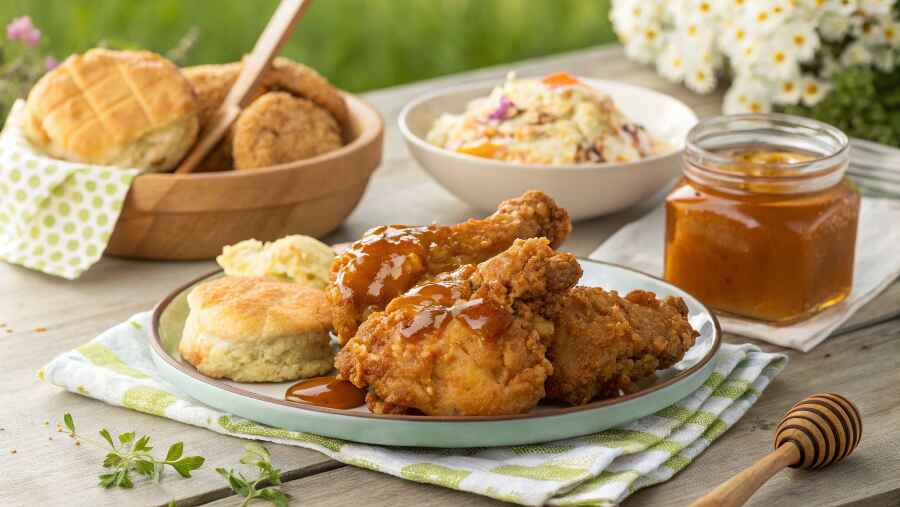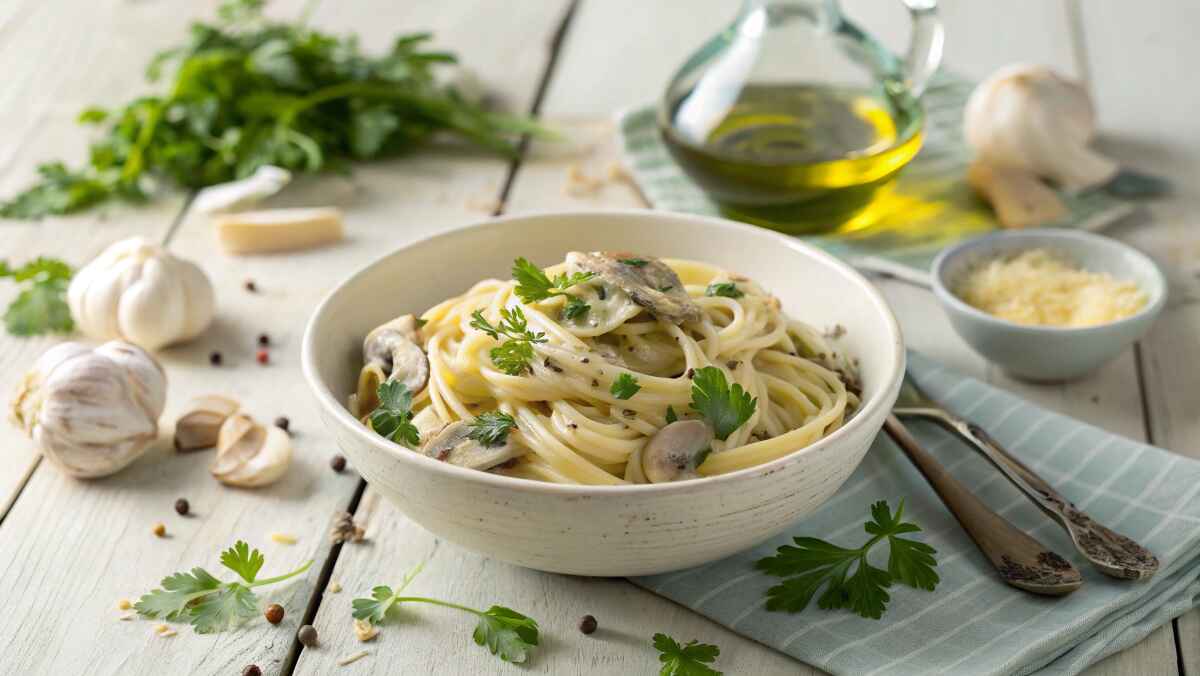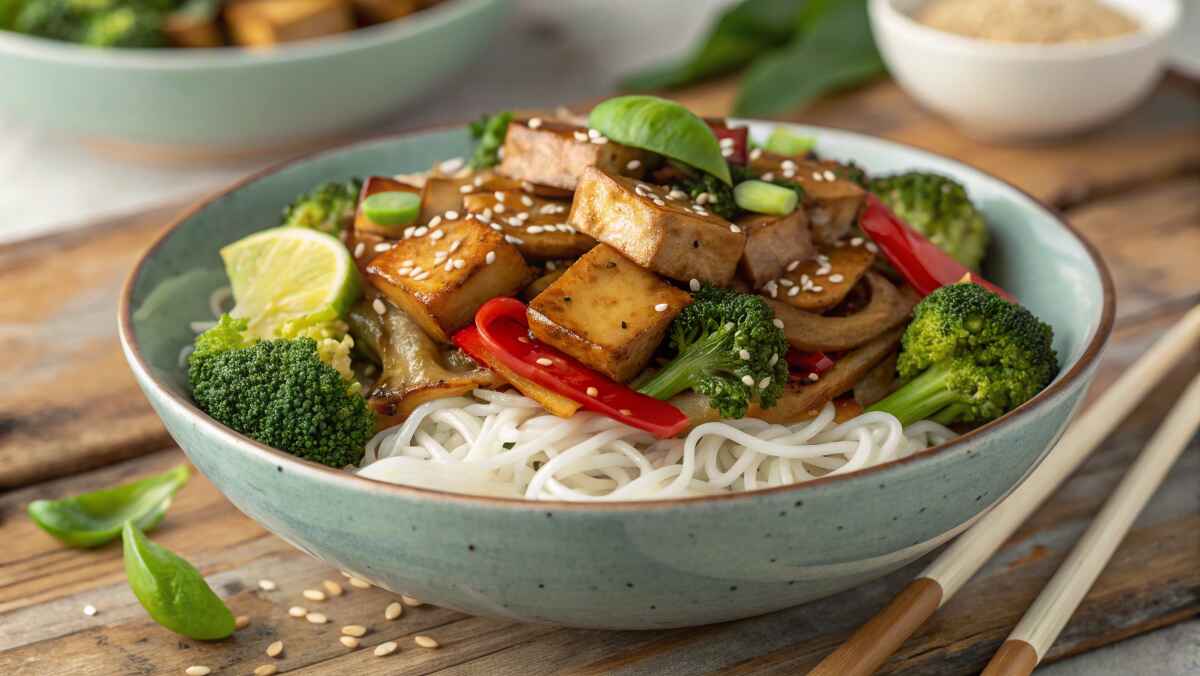Cornbread is a timeless comfort food that transcends generations and cultures. Moreover, baking it in a cast-iron skillet takes this classic dish to an entirely new level, creating a golden, crispy crust while retaining its moist and tender interior. If you’re asking, “how do I make cornbread in a cast iron skillet?”, this guide will walk you through each step of the process.
Whether served as a savory side, a sweet treat, or even a midday snack, cast-iron skillet cornbread is incredibly versatile. Furthermore, it’s surprisingly easy to prepare, making it perfect for both beginners and seasoned cooks. Let’s explore the ingredients, tools, and techniques that make this dish exceptional.
Why Use a Cast Iron Skillet for Cornbread?
Using a cast iron skillet isn’t just about tradition—it’s about achieving perfect results every time. To begin with, cast iron is excellent at retaining and evenly distributing heat, which ensures your cornbread bakes uniformly. In addition, preheating the skillet before pouring in the batter creates an instant sizzle, forming the iconic crispy crust that sets skillet cornbread apart.
Moreover, a well-seasoned skillet adds subtle flavors to the cornbread and prevents it from sticking. In particular, this method is ideal for authentic Southern-style recipes. If you’re seeking more inspiration, try this butternut squash lasagna, which also benefits from cast iron’s superior heat retention.
Ingredients: What You’ll Need
Mastering “how do I make cornbread in a cast iron skillet” starts with understanding your ingredients. Each element plays a crucial role in creating the ideal flavor, texture, and appearance. For best results, gather high-quality versions of the following:
1. Cornmeal
- Purpose: Cornmeal forms the base of the recipe, giving cornbread its unique texture and earthy flavor.
- Types: Stone-ground cornmeal offers a rustic, gritty texture, while fine or medium-grind produces a smoother bite.
- Pro Tip: Use yellow cornmeal for natural sweetness and vibrant color. However, white cornmeal works well if you prefer a milder flavor.
2. All-Purpose Flour
- Purpose: Softens the gritty texture of the cornmeal and helps the batter hold together.
- Substitution: Use gluten-free baking flour for a celiac-friendly alternative. As a result, everyone at the table can enjoy your cornbread.
3. Baking Powder and Baking Soda
- Purpose: These leavening agents create air pockets, ensuring the cornbread is light and fluffy. Moreover, they work particularly well when combined with acidic ingredients like buttermilk.
4. Salt
- Purpose: Enhances the flavors of all the other ingredients. Additionally, smoked or herbed salts can add complexity and depth.
5. Buttermilk
- Purpose: Provides tanginess and moisture while activating the baking soda for a perfect rise.
- Substitution: Mix regular milk with 1 tablespoon of vinegar or lemon juice to create a quick buttermilk alternative. Consequently, you won’t need to run to the store.
6. Eggs
- Purpose: Binds the ingredients together and contributes to the structure of the cornbread. Furthermore, eggs add richness to the final dish.
7. Butter
- Purpose: Adds flavor and moisture, while greasing the skillet to create the crispy crust. In particular, melted butter ensures the cornbread remains soft inside.
Optional Add-Ins
If you’re feeling creative, there are plenty of ways to elevate your cornbread with add-ins:
- Cheese: Add cheddar, Parmesan, or feta for a savory twist.
- Vegetables: Diced jalapeños or corn kernels introduce texture and a subtle kick.
- Sweeteners: Incorporate honey, maple syrup, or brown sugar for a dessert-like treat.
- Proteins: Fold in crumbled bacon, cooked sausage, or shredded chicken for a heartier option.
For more ideas, explore this guide to gluten-free meatballs, which offers additional pairing options.
Step-by-Step: How Do I Make Cornbread in a Cast Iron Skillet?
Follow these detailed steps for cornbread that’s golden, flavorful, and irresistibly crispy.
1. Preheat the Skillet
- Place your cast-iron skillet in the oven and preheat it to 400°F (200°C).
- This step is essential for creating the crispy crust that defines skillet cornbread. Moreover, letting the skillet heat for at least 10 minutes ensures even baking.
2. Mix the Dry Ingredients
- In a large mixing bowl, whisk together:
- 1 cup of cornmeal
- 1 cup of all-purpose flour
- 1 tablespoon of baking powder
- 1 teaspoon of baking soda
- 1 teaspoon of salt
3. Prepare the Wet Ingredients
- In another bowl, combine:
- 1 ¼ cups of buttermilk
- 2 large eggs
- ¼ cup of melted butter
4. Combine the Ingredients
- Gradually add the wet mixture to the dry ingredients. However, make sure to stir gently until just combined. The batter should remain slightly lumpy—overmixing can result in dense cornbread.
5. Grease the Skillet
- Carefully remove the preheated skillet from the oven.
- Add 2 tablespoons of butter and swirl it around until the bottom and sides are evenly coated.
6. Pour and Bake
- Pour the batter into the hot skillet. The batter should sizzle upon contact, creating the crispy crust.
- Bake for 20–25 minutes, or until the top is golden brown and a toothpick inserted into the center comes out clean.
7. Cool and Serve
- Let the cornbread cool in the skillet for 5–10 minutes before slicing.
- Finally, serve it directly from the skillet or transfer it to a cutting board.
Tips for Perfect Cornbread
To ensure your cornbread turns out perfectly every time, follow these tips:
- Season Your Skillet: A well-seasoned skillet prevents sticking and adds depth of flavor.
- Preheat Thoroughly: This ensures the crust forms immediately and evenly.
- Don’t Overmix: Overmixing the batter can make the cornbread tough and dense.
- Test for Doneness: Insert a toothpick into the center; it should come out clean or with a few moist crumbs.
Bonus Tip: Pair your cornbread with this butternut squash lasagna for a hearty and satisfying meal.
Serving Suggestions
Cornbread is versatile and pairs well with a variety of dishes. Here are a few suggestions:
- With Soups and Stews: Serve with chili, vegetable stew, or creamy soups.
- As a Side Dish: It complements roasted chicken, smoked ribs, or pulled pork perfectly.
- Sweetened Up: Drizzle with honey, serve with fruit preserves, or top with whipped butter for a sweet finish.
FAQ: How Do I Make Cornbread in a Cast Iron Skillet?
1. Why is my cornbread crumbly?
Crumbly cornbread often results from too much cornmeal or insufficient moisture. To fix this, adjust the recipe by adding more buttermilk or an extra egg.
2. Can I make vegan cornbread?
Yes! Replace eggs with flaxseed eggs (1 tablespoon flaxseed meal + 2.5 tablespoons water per egg) and use plant-based milk and butter.
3. How do I store leftover cornbread?
Store it in an airtight container at room temperature for up to two days. For longer storage, freeze slices for up to three months.
4. How do I reheat cornbread?
Wrap it in foil and reheat in a 300°F (150°C) oven for 10–15 minutes, or microwave slices covered with a damp paper towel.
5. Can I make cornbread without a cast iron skillet?
Yes! Use an oven-safe pan or a baking dish. However, you won’t achieve the same crispy crust.
The Joy of Making Cornbread in a Cast Iron Skillet
Mastering how to make cornbread in a cast iron skillet is about more than just following a recipe—it’s about embracing a time-honored tradition that has been passed down through generations. Cornbread, with its crispy golden crust, tender crumb, and rich, buttery flavor, isn’t just a side dish—it’s a symbol of comfort, warmth, and togetherness.
There’s something truly special and nostalgic about pulling a perfectly baked skillet cornbread from the oven, hearing the soft crackle of the crust, and smelling the heavenly aroma of toasted corn and butter. Whether you’re serving it alongside chili, barbecue, or simply enjoying a slice with honey and butter, skillet cornbread has a way of turning any meal into a comforting experience.
A Dish That Brings People Together
From Southern Sunday suppers to holiday feasts, cornbread has long been a staple at gatherings. Sharing a warm skillet of cornbread at the table brings family and friends together, creating memories around food that last a lifetime. Whether you’re making it for a cozy weeknight dinner or a special celebration, a cast iron skillet cornbread never fails to impress.
The Perfect Blend of Simplicity & Perfection
One of the best things about cast iron skillet cornbread is its simplicity—with just a few basic ingredients, you can create something truly extraordinary. Yet, every time you make it, you refine your technique, learning how to adjust the crispiness of the crust, experiment with flavors, or find the perfect butter-to-cornmeal ratio. The art of making cornbread is in its simplicity and versatility, allowing you to customize and perfect it to your own taste.
A Tradition Worth Keeping
Whether you’re baking cornbread for the first time or have been perfecting your recipe for years, cooking it in a cast iron skillet connects you to a rich culinary history. Every time you preheat your skillet, pour in the batter, and hear that satisfying sizzle, you’re keeping a timeless tradition alive—one that has been cherished in kitchens for generations.
So, grab your cast iron skillet, gather your ingredients, and enjoy the magic of homemade cornbread. The perfect balance of crisp, golden edges and soft, moist center awaits—and the best part? You get to share it with the people you love.
🔥 Ready to bake? Try our step-by-step guide on How to Bake Cornbread in a Cast Iron Skillet and bring this delicious tradition to your kitchen today! 🍞🔥




